

We are one of the leading manufacturers, distributors, and suppliers of Citric Acid (Anhydrous) IP/USP in USA. Its CAS Number is 77-92-9, and the chemical formula is C6H8O7.
Citric Acid is a naturally occurring tricarboxylic acid derived from citrus fruits, available in both anhydrous and monohydrate crystalline forms. Known for its strong acidic profile and high solubility, it serves as a souring agent, chelating agent, pH regulator, and preservative across food, pharmaceutical, and personal care formulations. In its monohydrate IP grade, Citric Acid appears as free-flowing crystals that dissolve quickly ideal for syrups, jellies, beverages, & oral pharmaceutical suspensions. The anhydrous IP/USP form is supplied as colorless crystals or fine powder with a sharp taste, generally used in tablet manufacturing and powdered mixes where moisture sensitivity is critical. Also referred to as 2-Hydroxy-1,2,3-propane-tricarboxylic acid and E330 by speciality chemical suppliers and manufacturers, Citric Acid is further valued in industrial sectors for enhancing the performance of cleaning agents, descalers, and water treatment systems through metal ion chelation.


Anhydrous citric acid (C₆H₈O₇) is a dry, crystalline form of citric acid that does not contain water molecules (unlike citric acid monohydrate, which has one water molecule per molecule of citric acid). Citric acid anhydrous occurs as colourless crystals or as white, crystalline powder with a strongly acidic taste. Anhydrous citric acid is non-toxic and biodegradable. Scimplify is a reliable manufacturer and supplier of anhydrous citric acid in the USA, offering consistent purity, controlled moisture levels, and dependable bulk availability. Anhydrous citric acid is produced to meet strict U.S. food, pharma, and industrial standards, supported by COA and MSDS. With stable supply chains, competitive pricing (USD), and reliable lead times across the United States, we help manufacturers, distributors, and industrial buyers looking for a trusted, long-term sourcing partner.

.3d8f8f41.svg)
Food & Nutrition
.3556d45a.svg)

Food Ingredients


Flavor Enhancers
.7767eb0f.png)

Chemical Properties & Specifications
In the U.S., anhydrous citric acid plays a crucial role in controlling acidity, enhancing shelf life, and balancing flavors in beverages, confectionery, sauces, canned foods, and dairy products. As a leading anhydrous citric acid supplier in the USA, Scimplify provides food-grade material that maintains consistency and regulatory compliance for large production runs.
In U.S. pharmaceutical and nutraceutical manufacturing, anhydrous citric acid is preferred in effervescent tablets, vitamin powders, and oral supplement formulations where moisture control is critical. Its anhydrous nature prevents premature reactions and ensures a longer shelf life.
Anhydrous citric acid is used in industrial-scale cleaning powders, descaling blends, and water treatment formulations where low moisture content is essential. U.S. manufacturers rely on its concentrated, water-free properties to enhance product stability, improve solubility in dry blends, and ensure consistent performance in large-volume applications.
In powder-based cosmetic products such as dry facial masks, bath salts, and powdered cleansers, anhydrous citric acid allows precise pH adjustment and stabilization without introducing extra moisture. U.S. personal care manufacturers choose Scimplify as a citric acid anhydrous supplier to maintain formula integrity and quality in dry formulations.
In the U.S. agricultural and animal nutrition sector, anhydrous citric acid is used in dry-feed premixes, powdered supplements, and nutrient blends where moisture control is essential for stability and shelf life.
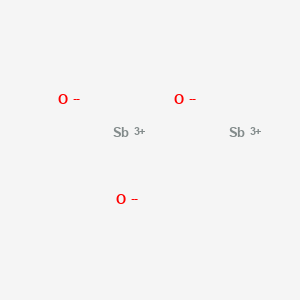
CAS No. : 1309-64-4
Category : Synergists & Smoke Suppressants
Sub-Category : Antimony-based synergists
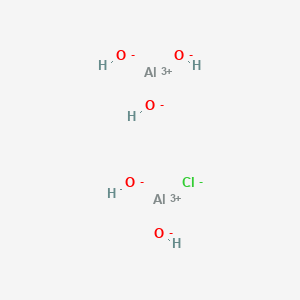
CAS No. : 1327-41-9
Category : Inorganic Chemicals
Sub-Category : Metal-Based Coagulants
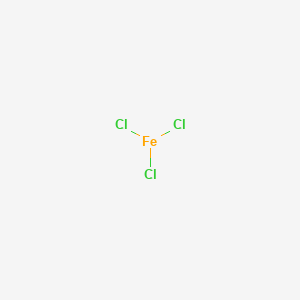
CAS No. : 7705-08-0
Category : Inorganic Chemicals
Sub-Category : Metal-Based Coagulants
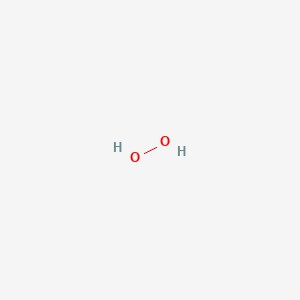
CAS No. : 7722-84-1
Category : Inorganic Chemicals
Sub-Category : Peroxides & Oxidizing Agents
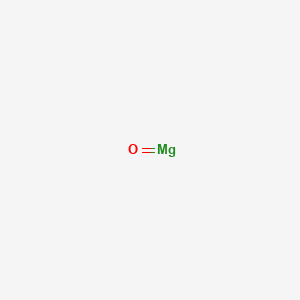
CAS No. : 1309-48-4
Category : Pharmaceutical Actives & Precursors
Sub-Category : Active Pharmaceutical Ingredients (APIs)
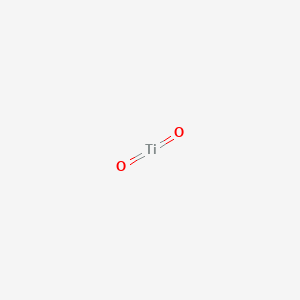
CAS No. : 13463-67-7
Category : Pigments & Colorants
Sub-Category : Inorganic Pigments
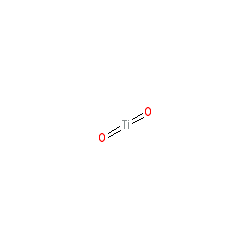
CAS No. : 13463-67-7
Category : Pigments & Colorants
Sub-Category : Inorganic Pigments
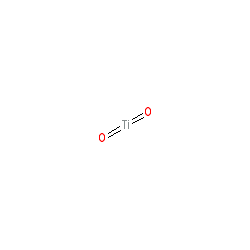
CAS No. : 13463-67-7
Category : Pigments & Colorants
Sub-Category : Inorganic Pigments
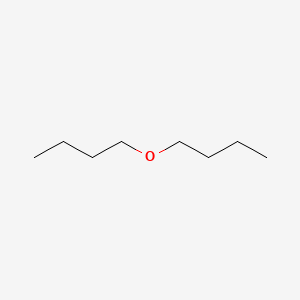
CAS No. : 142-96-1
Category : Solvents & Carriers
Sub-Category : Ethers & Ether-Based Solvents
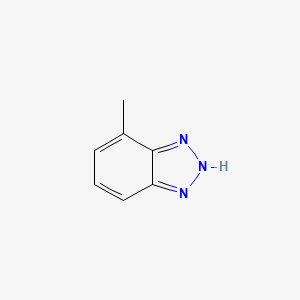
CAS No. : 29385-43-1
Category : Specialty Polymers & Additives
Sub-Category : Corrosion Inhibitor Additives

CAS No. : 25322-69-4
Category : Specialty Polymers & Additives
Sub-Category : Polyether Polyols

CAS No. : 78-93-3
Category : Base Chemicals & Intermediates
Sub-Category : Ketones & Solvents
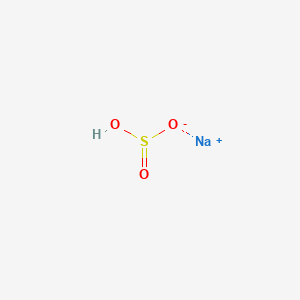
CAS No. : 7631-90-5
Category : Food Ingredients
Sub-Category : Sulfur-Based Compounds
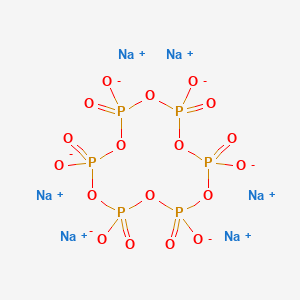
CAS No. : 10124-56-8
Category : Inorganic Chemicals
Sub-Category : Phosphate Compounds
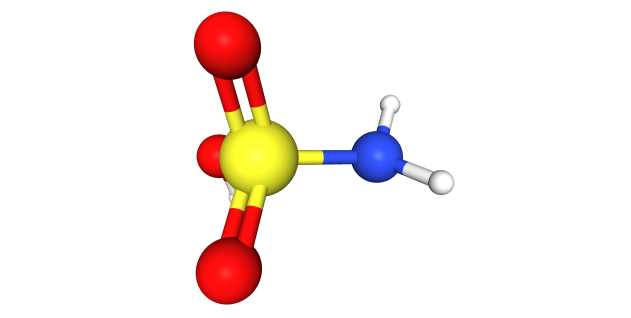
CAS No. : 5329-14-6
Category : Inorganic Chemicals
Sub-Category : Acid Derivatives

CAS No. : 100-44-7
Category : Organic Intermediates
Sub-Category : Chlorinated Aromatic Compounds
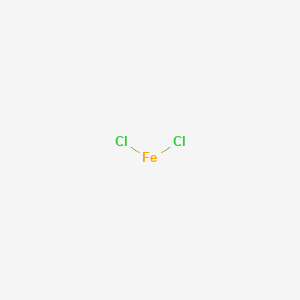
CAS No. : 7758-94-3
Category : Inorganic Chemicals
Sub-Category : N/A

CAS No. : 1314-13-2
Category : Plant Health, Nutrients & Soil Management
Sub-Category : Zinc-Based Functional Additives
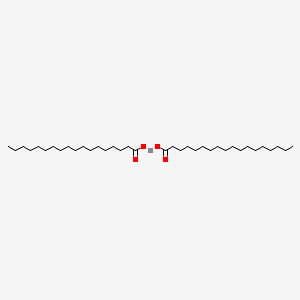
CAS No. : 136-53-8
Category : Inorganic Chemicals
Sub-Category : Metal Carboxylates
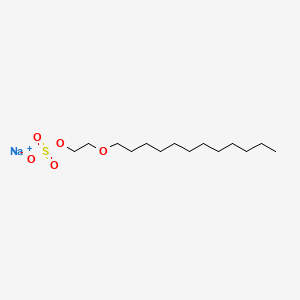
CAS No. : 9004-82-4
Category : Surfactants
Sub-Category : Anionic (Ether sulfates)
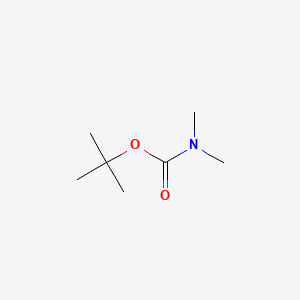
CAS No. : 61788-93-0
Category : Surfactants & Emulsifiers
Sub-Category : Fatty Amines
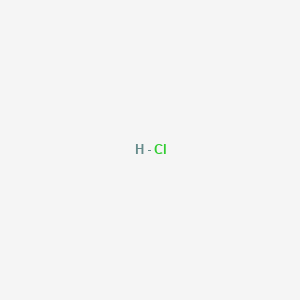
CAS No. : 7647-01-0
Category : Inorganic Acids
Sub-Category : Mineral Acids
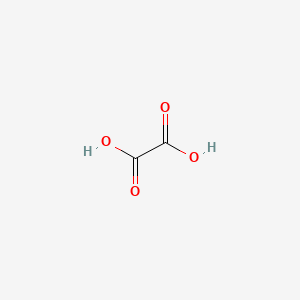
CAS No. : 144-62-7
Category : Organic Acid Derivatives
Sub-Category : Dicarboxylic Acids
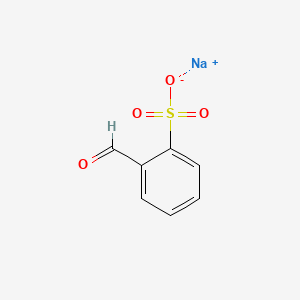
CAS No. : 17465-11-3
Category : Organic Intermediates
Sub-Category : Aromatic Sulfonates

CAS No. : 7704-34-9
Category : Inorganic Chemicals
Sub-Category : Sulfur & Derivatives
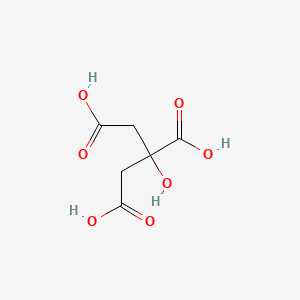
CAS No. : 77-92-9
Category : Food Ingredients
Sub-Category : Flavor Enhancers
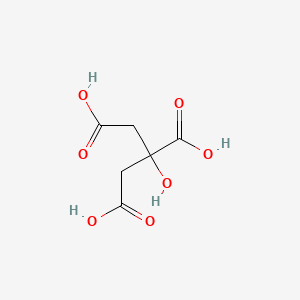
CAS No. : 77-92-9
Category : Food Ingredients
Sub-Category : Flavor Enhancers
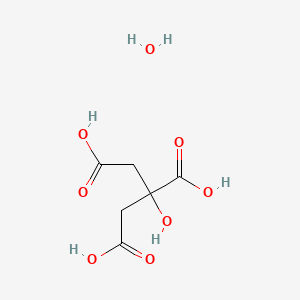
CAS No. : 5949-29-1
Category : Food Ingredients
Sub-Category : Flavor Enhancers

CAS No. : 7631-90-5
Category : Food Ingredients
Sub-Category : Sulfur-Based Compounds

CAS No. : 10124-56-8
Category : Inorganic Chemicals
Sub-Category : Phosphate Compounds
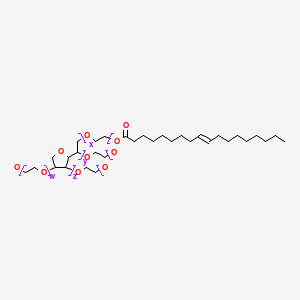
CAS No. : 9005-65-6
Category : Surfactants & Emulsifiers
Sub-Category : Functional Emulsifiers
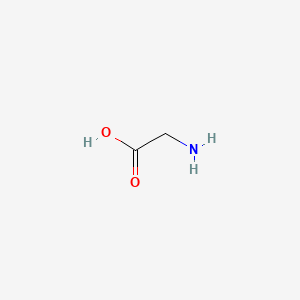
CAS No. : 56-40-6
Category : Nutraceutical Ingredients
Sub-Category : Amino Acids & Proteins
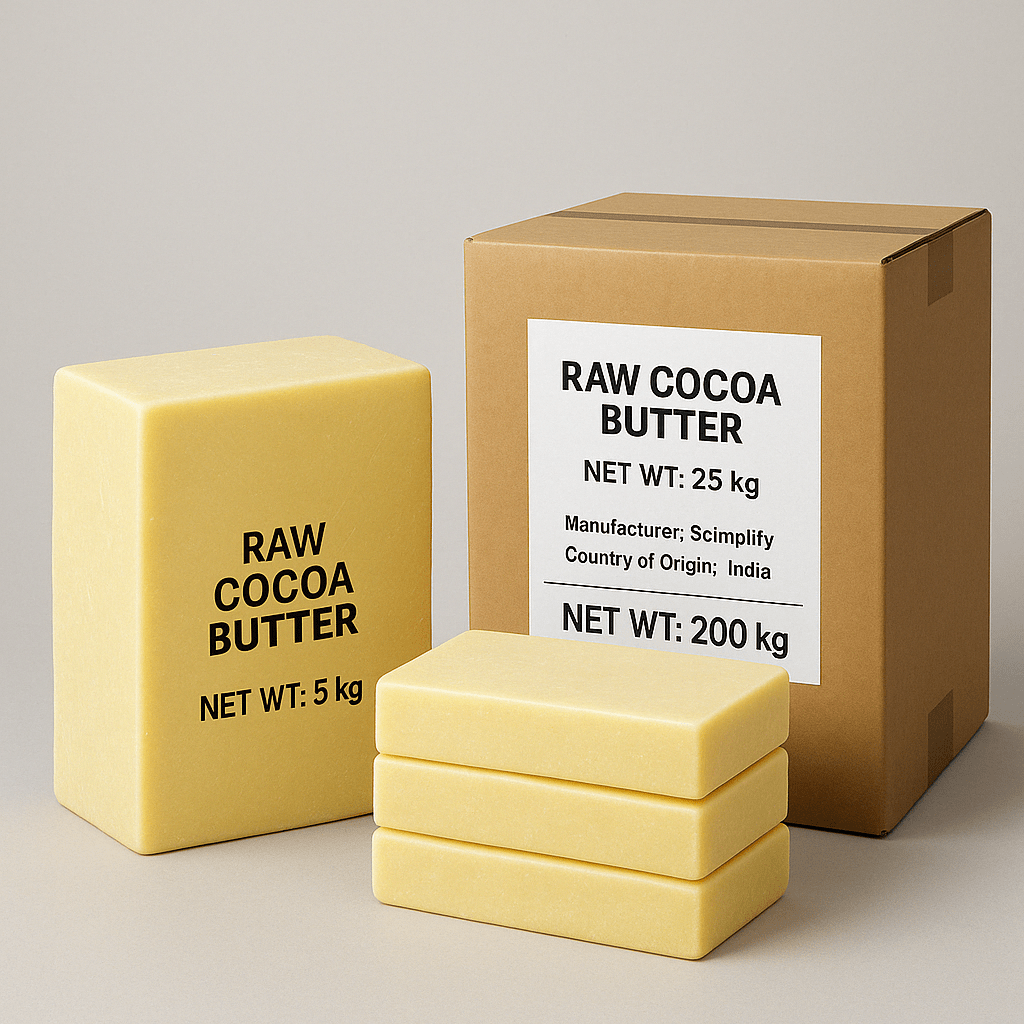
CAS No. : 8002-31-1
Category : Food Ingredients
Sub-Category : Cocoa & Chocolate Derivatives
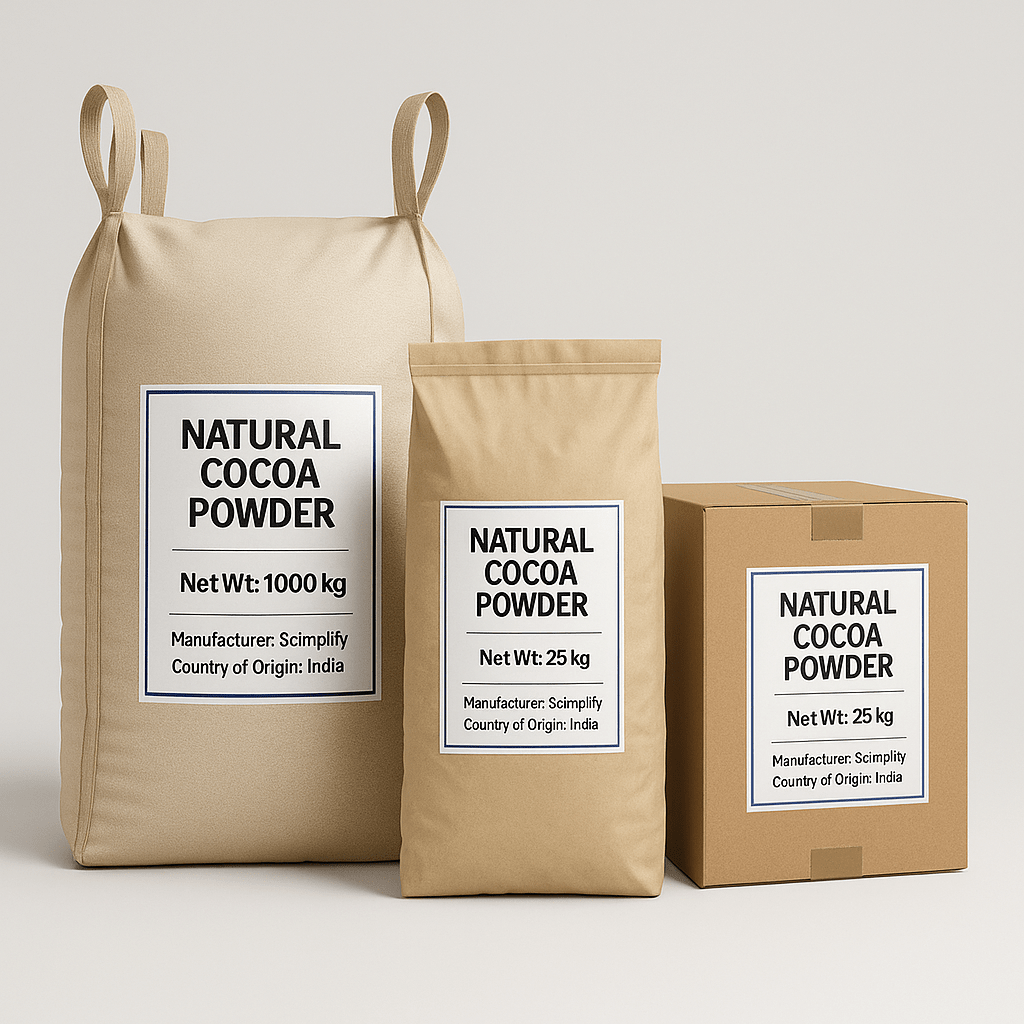
CAS No. : 84649-99-0
Category : Food Ingredients
Sub-Category : Cocoa & Chocolate Derivatives

CAS No. : 16409-43-1
Category : Fragrance Ingredients
Sub-Category : Cyclic Alcohols & Ethers
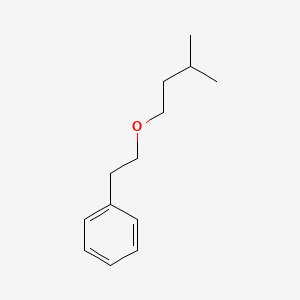
CAS No. : 56011-02-0
Category : Fragrance Ingredients
Sub-Category : Aliphatic Aromatic Ethers
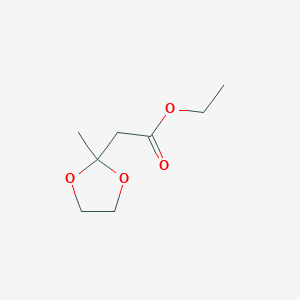
CAS No. : 6413-10-1
Category : Fragrance Ingredients
Sub-Category : Ketal Fruit Esters
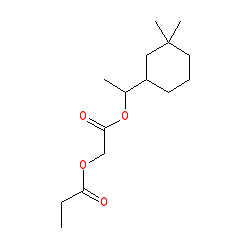
CAS No. : 236391-76-7
Category : Fragrance Ingredients
Sub-Category : Polycyclic Synthetic Musks

CAS No. : 236391-76-7
Category : Fragrance Ingredients
Sub-Category : Polycyclic Synthetic Musks